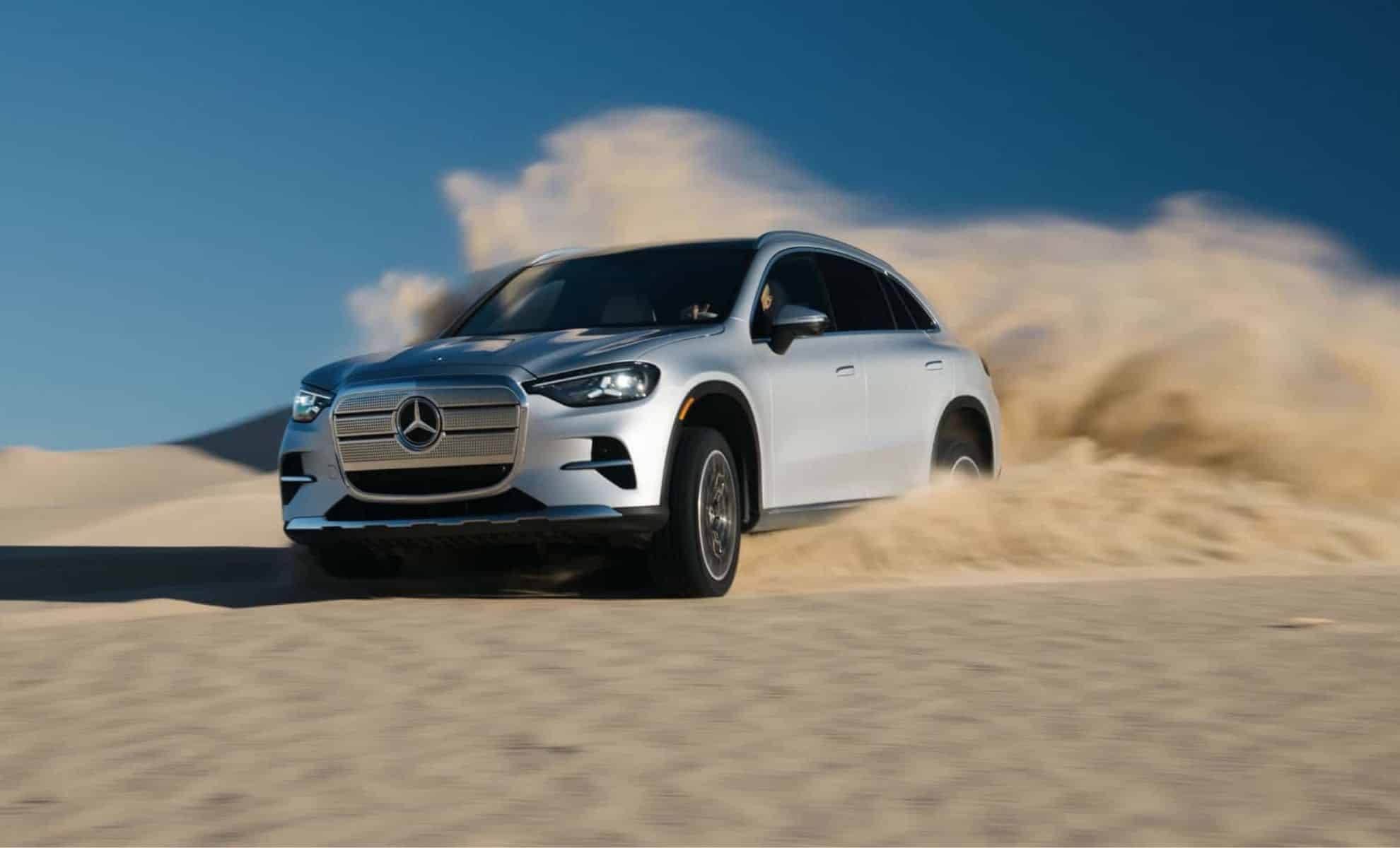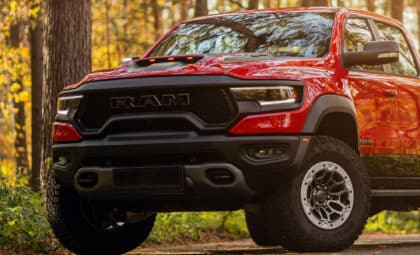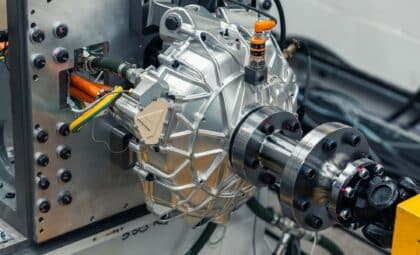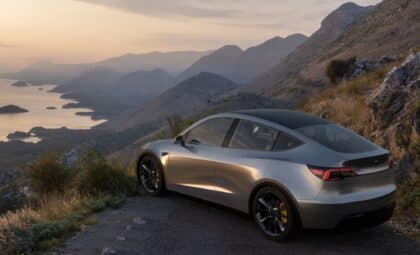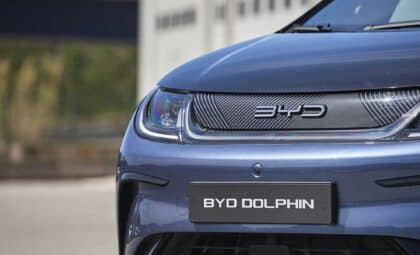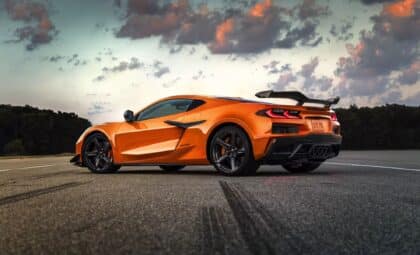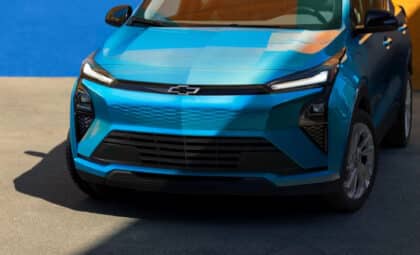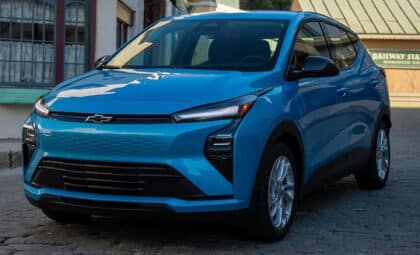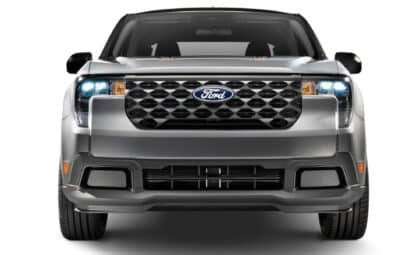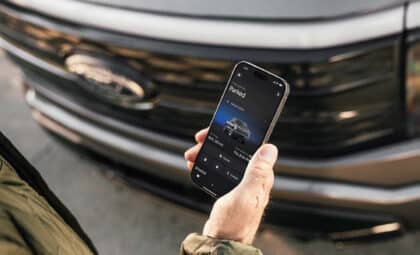Ford Brings Back the Fiesta as an EV in 2028 — Built by Renault in France. Here Are Its Specs and Price
Ford has partnered with Renault to revive the iconic Fiesta nameplate, but this time, it will be electric.
Car News By Brand
Tesla Ranks Last in Used Car Reliability, Study Reveals
Car News By Brand
Apple’s iOS 26.2 Update Brings New Features to CarPlay
Timeline
Car News By Brand
Tesla Ranks Last in Used Car Reliability, Study Reveals
Car News By Brand
Apple’s iOS 26.2 Update Brings New Features to CarPlay
Car News By Brand
Tesla’s 2025 Holiday Update Brings Major Software Breakthroughs
Join our social media
For even more exclusive content!
Car news

Newsletter

